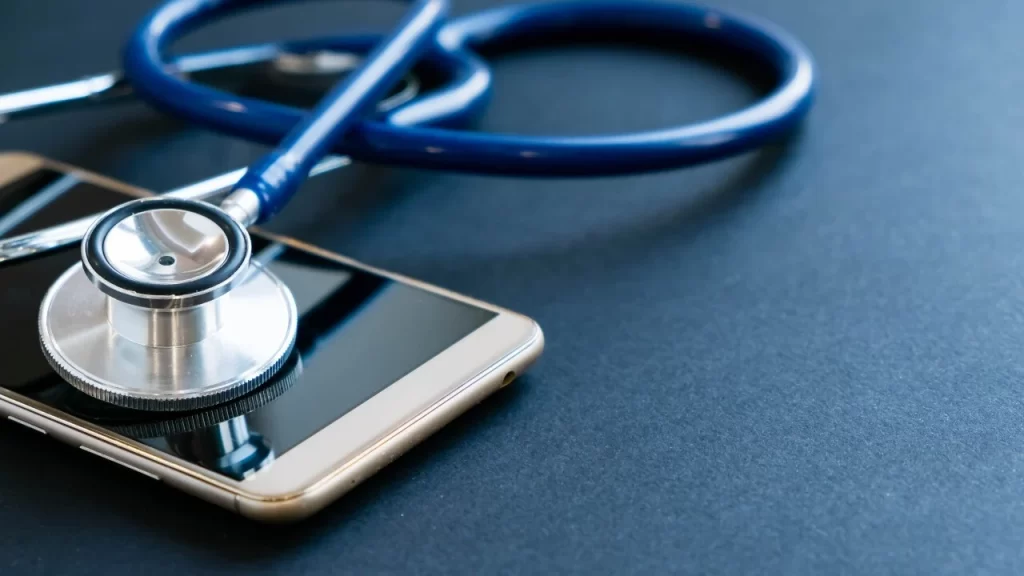In the modern business environment, smartphones and mobile devices are more than just communication tools—they are critical workstations, collaboration hubs, and gateways to important business data. As companies rely heavily on mobile technology, maintaining the health and performance of these devices is vital to ensuring uninterrupted operations and data security.
This is where phone diagnostic software becomes essential. Such software allows IT departments and business users to monitor, diagnose, and troubleshoot mobile device issues efficiently. Among the many options available, Phone Clinix has earned a reputation as a versatile and powerful diagnostic solution tailored for both individual and enterprise needs.
If your business is considering adopting phone diagnostic software, this article will guide you through the key features and qualities to look for, ensuring you choose a tool that meets your organizational demands.
Why Phone Diagnostic Software Is Important for Businesses
Businesses operate on tight schedules and demand seamless communication and data access. When mobile devices malfunction, productivity can grind to a halt. Here are some reasons why investing in phone diagnostic software is critical:
-
Minimize Downtime: Quick diagnosis and repair of phone issues reduce downtime and lost productivity.
-
Protect Business Data: Detect malware, corrupted apps, or vulnerabilities before they cause data breaches.
-
Cost Savings: Early detection prevents costly repairs or replacements.
-
Device Management: Manage large fleets of devices efficiently with centralized diagnostics.
-
Compliance: Ensure devices meet company policies and industry regulations.
With these benefits in mind, choosing the right phone diagnostic software is a strategic business decision.
Key Features to Look for in Phone Diagnostic Software for Business
1. Comprehensive Device Compatibility
Businesses often use multiple phone brands and models across their teams. The diagnostic software should support a wide range of devices and operating systems including Android, iOS, and emerging platforms.
-
Phone Clinix excels here, offering broad compatibility, making it easier for IT teams to manage diverse device ecosystems.
2. Detailed Hardware and Software Diagnostics
The software should offer in-depth diagnostics covering:
-
Battery health and charging status
-
CPU and memory usage
-
Network connectivity and signal strength
-
Sensor functionality (GPS, accelerometer, gyroscope)
-
Storage status and potential issues
-
Operating system integrity and app behavior
This comprehensive insight helps IT professionals pinpoint exact problems without guesswork.
3. Real-Time Monitoring and Alerts
For businesses, real-time monitoring capabilities are invaluable. The software should alert IT staff instantly when a device shows signs of failure or security threats.
-
Phone Clinix provides real-time alerts on battery temperature spikes, unusual app activity, or network anomalies, enabling proactive interventions.
4. Centralized Management and Reporting
In large enterprises, managing diagnostics on hundreds or thousands of devices manually is impractical. Look for solutions that provide centralized dashboards and automated reporting.
-
This feature allows IT teams to view device statuses across the organization, generate compliance reports, and prioritize fixes efficiently.
-
Phone Clinix supports centralized management, making it easier to maintain control over corporate devices.
5. User-Friendly Interface and Automation
A simple and intuitive interface is crucial for quick adoption by IT teams and non-technical business users alike. Automation of routine checks and maintenance tasks reduces manual workload.
-
Phone Clinix offers an easy-to-navigate platform with automated scanning options, saving time while improving accuracy.
6. Security and Privacy Compliance
Since phone diagnostic software accesses sensitive device information, it must comply with privacy laws and data security regulations like GDPR, HIPAA, or CCPA.
-
Verify that the software encrypts diagnostic data and adheres to industry security standards.
-
Phone Clinix maintains strong data protection protocols, making it a secure choice for business environments.
7. Repair and Optimization Tools
Beyond diagnostics, the software should provide tools to fix common issues, optimize performance, and clean unnecessary files.
-
This reduces the need for external repair services and keeps devices running smoothly.
-
Phone Clinix includes optimization features such as cache clearing, app management, and battery calibration.
8. Scalability and Integration
Businesses grow, and so do their technology needs. Ensure the diagnostic software can scale with your organization and integrate with existing IT management tools or Mobile Device Management (MDM) systems.
-
Integration allows seamless workflows and consolidated device management.
-
Phone Clinix supports scalable deployment and integrates with popular MDM platforms.
Benefits of Using Phone Clinix for Business Diagnostics
Choosing Phone Clinix offers several advantages tailored to business needs:
-
Versatile Device Support: Works across major phone brands and operating systems.
-
Robust Diagnostic Suite: Provides comprehensive hardware and software checks.
-
Proactive Monitoring: Real-time alerts prevent costly device failures.
-
Centralized Control: Manage multiple devices with a single dashboard.
-
User-Friendly: Easy for both IT specialists and non-experts.
-
Security-Focused: Ensures data privacy and compliance.
-
Cost-Effective: Reduces repair costs and extends device lifespan.
These features combine to make Phone Clinix a top contender for businesses seeking reliable phone diagnostic solutions.
Implementing Phone Diagnostic Software in Your Business
To successfully integrate phone diagnostic software into your business, consider the following steps:
-
Assess Your Device Fleet: Understand the variety and number of devices in use.
-
Define Your Needs: Identify critical diagnostic features and security requirements.
-
Pilot Testing: Trial the software on a subset of devices to evaluate usability and effectiveness.
-
Training: Provide training sessions for IT staff and end-users.
-
Deploy Organization-Wide: Roll out the software with centralized management.
-
Monitor and Adjust: Use reports and feedback to refine diagnostic routines and policies.
Conclusion
In an era where smartphones underpin business operations, phone diagnostic software is no longer a luxury but a necessity. The right software safeguards device health, enhances productivity, and protects sensitive business data.
When choosing a diagnostic tool for your business, prioritize comprehensive diagnostics, real-time monitoring, centralized management, security compliance, and ease of use. Phone Clinix meets these criteria and stands out as a dependable partner for maintaining your mobile workforce’s devices.
Invest in phone diagnostic software today to reduce downtime, prevent costly repairs, and ensure your business communication and data flow remain uninterrupted.






